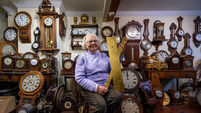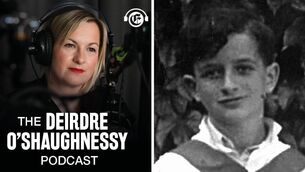Birth information: ‘Tusla knows I met my birth mother — and I still have not got my files’

One adoptee, now a mum herself, says: 'When my daughter was born in 1998 she had a simple medical issue. But I was unaware I had the same one and I was hospitalised and treated for that.' Stock picture










